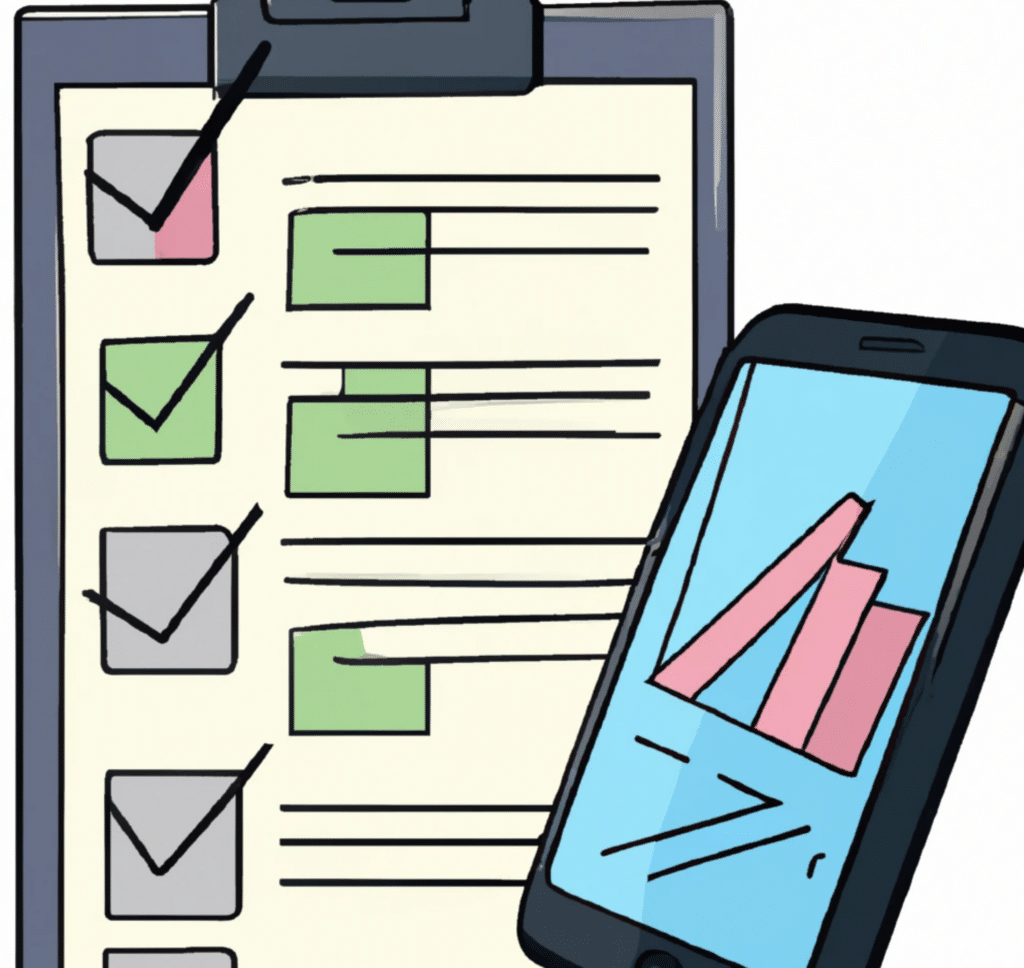How to set up and execute automated trading strategies on trading apps
The world of trading is evolving, and with the rise of mobile technology, traders are seeking more efficient ways to capitalize on market movements. Automated trading strategies, once reserved for institutional traders and desktop platforms, are now accessible to individual traders through mobile apps. Let’s get into it and understand how you can set up and execute these strategies on-the-go.

Why Choose Automated Trading on Mobile?
Efficiency and Time-saving:
Automated trading allows you to set criteria for trades, and the app executes them when those conditions are met. This means you don’t have to monitor the markets constantly, freeing up your time.
Emotion-free Trading:
By automating strategies, you remove the emotional aspect of trading, which can often lead to impulsive decisions. The app follows your set strategy without hesitation or fear.
Backtesting Capabilities:
Many mobile trading apps offer backtesting tools. This allows you to test your automated strategy on historical data, giving you an idea of its potential effectiveness before deploying real capital.
Setting Up Automated Trading on Your Mobile App
Choosing a Strategy:
Before diving in, you need to decide on a strategy. This could be based on:
- Technical Indicators: These are mathematical calculations based on historical price, volume, or open interest information that aims to forecast financial market direction. Examples include Moving Averages, Bollinger Bands, and the Relative Strength Index (RSI).
- Price Levels: Some traders set strategies based on specific price levels, such as support and resistance points. When the price hits these levels, the strategy might trigger a buy or sell.
- Algorithmic Models: Advanced traders might use algorithmic models that consider multiple factors, including market news, current events, or even social media sentiment, to make trading decisions.
Configuring the Strategy on the App:
Once you’ve chosen a strategy:
- Input Parameters: Navigate to the automated trading section of your app. Here, you’ll input the criteria for your strategy. This could be setting specific values for indicators, defining price levels, or even inputting more complex algorithmic conditions.
- Test the Strategy: Most apps will allow you to test your strategy in a sandbox or demo environment. This lets you see how the strategy would perform without risking real money.
- Set Trade Size: Determine the size of the trades the strategy will execute. This could be a fixed amount or a percentage of your portfolio.
Setting Risk Management Tools:
Risk management is crucial in trading:
- Stop-loss Orders: These automatically sell an asset when its price drops to a certain level, preventing further losses.
- Take-profit Orders: These lock in profits by selling when the asset reaches a predetermined price.
- Trailing Stops: This is a dynamic form of stop-loss that moves with the market price, ensuring you lock in profits while giving a trade room to grow.
Best Practices for Automated Mobile Trading
Continuous Monitoring
Regularly Review Strategy Performance:
Automation doesn’t mean “set it and forget it.” Periodically:
- Analyze Win/Loss Ratios: Look at how many trades are profitable versus those that aren’t. A high win rate doesn’t always mean a profitable strategy if the losses are significantly larger than the wins.
- Check Drawdown: This is the decline from a historical peak in some variable (typically the cumulative profit or total open equity of a financial trading strategy). A strategy with high drawdowns might be riskier than one with lower drawdowns, even if the overall profit is the same.
Stay Updated with Market News:
Major market events can dramatically impact even the best strategies:
- Economic Calendars: These tools list upcoming financial events that might impact the markets. Being aware of these can help you anticipate potential strategy disruptions.
- News Alerts: Set up alerts for major news events related to assets in your strategy. This can give you a heads-up if you need to intervene.
Adjusting and Optimizing
Tweak Strategy Based on Performance:
Markets evolve, and strategies that worked in the past might not be effective in the future:
- Regular Backtesting: Even if a strategy is currently effective, regular backtesting against historical data can provide insights into potential vulnerabilities.
- Consider External Factors: Things like changes in market volatility, interest rates, or even geopolitical events can impact a strategy’s effectiveness.
Safety and Security
Limit the Amount for Automated Trades:
Diversification is key:
- Diversify Strategies: Don’t rely on a single automated strategy. Consider diversifying across multiple strategies to spread risk.
- Review Access Permissions: Ensure that the mobile app only has the necessary permissions and doesn’t have access to unrelated features on your device.
Conclusion
Automated trading on mobile apps offers a blend of convenience and efficiency, allowing traders to capitalize on opportunities even when they’re not actively monitoring the markets. By setting up well-researched strategies, continuously monitoring performance, and prioritizing safety, traders can make the most of this powerful tool. Hope this article has helped you understand how to set up and execute on automated trading strategies on your trading app. Continuous learning is key for a trader and here you can find other useful how-to guides for trading apps.